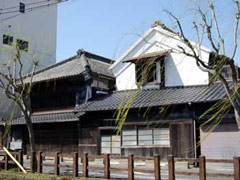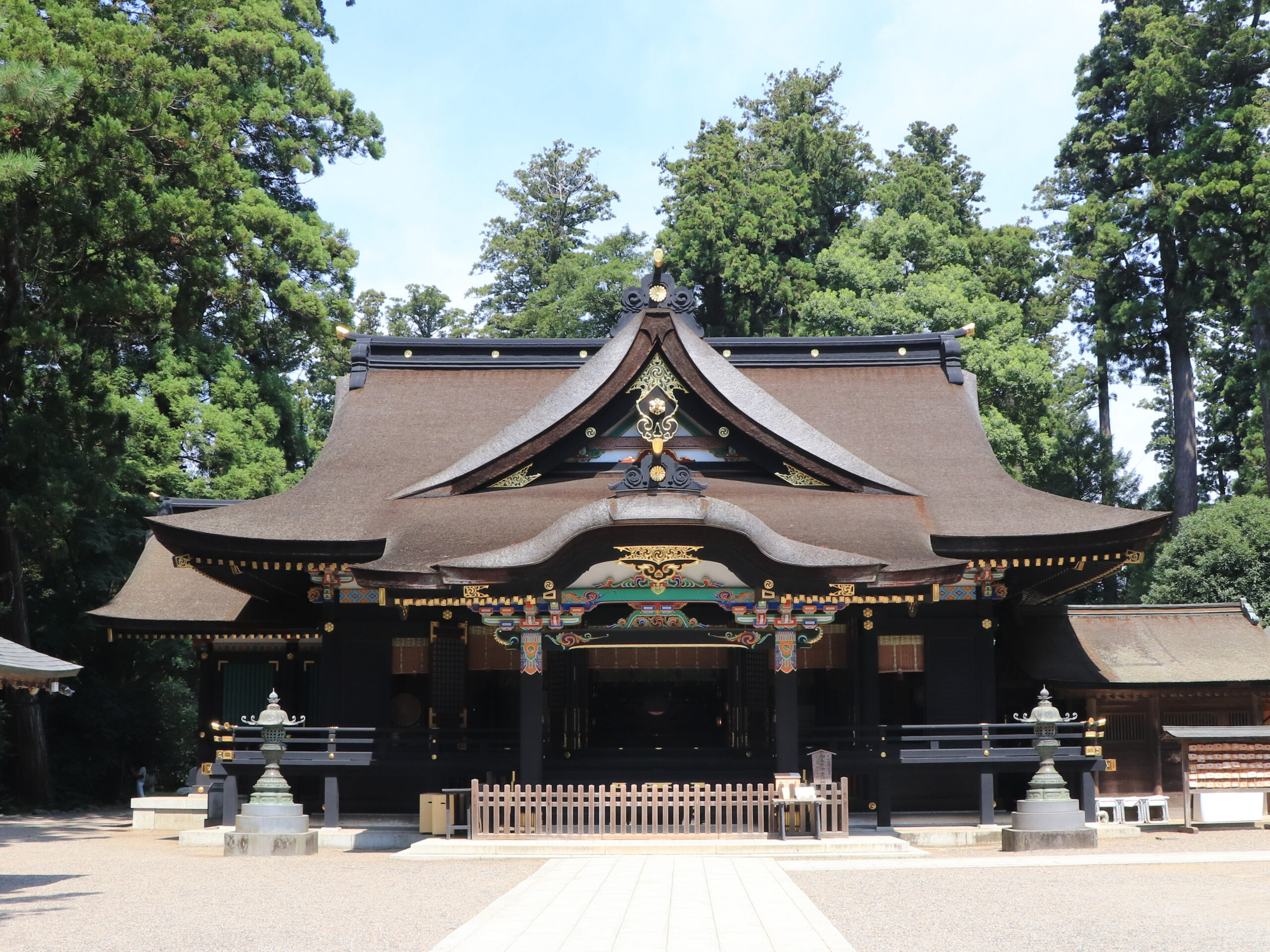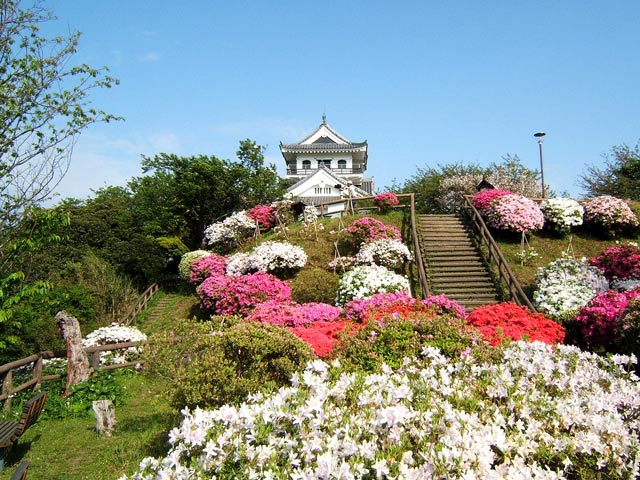
Suwa Shrine
On the occasion of the Ojō Kōki, who was appointed as the lord of Osugasō, Shimousa Province, he was invited by Shinano Suwa Taisha Shrine as the god of the lord of the territory. He has since been revered as the god of industrial development, the god of wisdom, and in recent years as the god of advanced learning. The present main shrine is of the 1853 (Kaei 6) construction, and the annual festival "Sawara no Taisai (Autumn Festival)", which takes place in October every year, is designated as a national important intangible folk cultural property.







